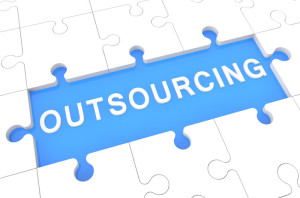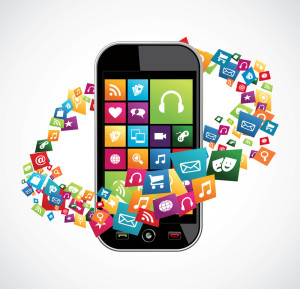Does hearing this cause anxiety and impatience? Or do you think, great, I’ll soon be talking to the right person to help me? I am usually impatient when it comes to getting help with something. I find it frustrating  to listen to a long list of phone options, to wait for someone to be available, then get bounced around between call center staff and repeat my information multiple times.
to listen to a long list of phone options, to wait for someone to be available, then get bounced around between call center staff and repeat my information multiple times.
But call centers and automated attendant systems are our new reality. There will be more use of artificial intelligence (AI) and Chatbots in the future. If designed properly, the customer experience can be a positive one.
I admit that I quickly forget the experiences that are smooth and positive. But I remember the ones that aren’t. I had one of those not so positive experiences this week.
While driving on the freeway last Friday, something flew off a truck and hit my windshield creating a crescent like crack the size of an orange. Not something to ignore and put off.
Making the call to my insurance company and being routed to the auto glass service they partner with involved getting redirected to different numbers, providing the same information multiple times, and still not getting the result I needed. In the end, I got it worked out when I contacted the service provider directly.
This not so positive experience reinforced how important it is for us to design the optimal flow and support structure for our command center (a call center on steroids) during our upcoming Epic go live at the University of Vermont Health Network. Customer service encounters in some form are an everyday experience. They should be easy, quick, and have a positive outcome. Continue reading








